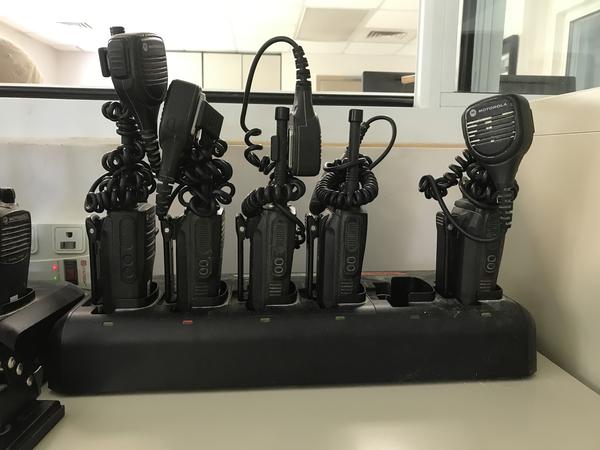FSMA Current Good Manufacturing Practices for Food for Animals
In the midst of the COVID-19 pandemic, animal food production and delivery has been designated essential and personnel may need to take extra precautions to prevent the spread of the virus.
The Food Safety Modernization Act’s (FSMA) Preventive Controls for Animal Food rule contains Current Good Manufacturing Practices (CGMP) for food for animals. The CGMPs establish requirements for eight different areas:
-
Personnel
-
Plant and grounds
-
Sanitation
-
Water supply and plumbing
-
Equipment and utensils
-
Plant operations
-
Holding and distribution
-
Holding and distribution of human food by-products for use as animal food
Facilities should look into their existing practices under personnel and sanitation CGMP and consider altering their SOPs under the circumstances of COVID-19.
Personnel
CFR 507.14 Personnel:
-
The management of the establishment must take reasonable measures and precautions to ensure that all persons working in direct contact with animal food, animal food-contact surfaces, and animal food-packaging materials conform to hygienic practices to the extent necessary to protect against the contamination of animal food.
-
The methods for conforming to hygienic practices and maintaining cleanliness include:
-
Maintaining adequate personal cleanliness;
-
Washing hands thoroughly in an adequate hand-washing facility as necessary and appropriate to protect against contamination.
-
Handwashing
Facilities are expected to promote personal cleanliness “to the extent necessary” to prevent animal food contamination. In light of the recent pandemic, management might consider amending existing SOPs to include additional steps to take to keep employees healthy.
In addition to existing practices, the CDC has developed a video on What You Need To Know About Handwashing. Management should consider asking employees to wash their hands:
-
Before eating food
-
After using the toilet
-
After blowing their noses, coughing, or sneezing
-
After touching an animal, animal feed, or animal waste
-
After handling pet food or pet treats
-
After touching garbage.
Sanitation
For many livestock and poultry food producers, sanitizing surfaces is not a required practice because of the nature of the food. For these facilities, wet cleaning may not be appropriate for the equipment, but additional precautions should be considered.
The following additional cleaning practices for the prevention of COVID-19 are recommended:
-
Sanitize frequently touched or used areas (counters, door handles, tools or utensils, restrooms, radios, etc.)
-
Increase frequency of sanitation and housekeeping
-
Use appropriate sanitizers or disinfectants at the appropriate concentrations. Follow Centers for Disease Control (CDC) and Environmental Protection Agency (EPA) recommendations regarding Disinfectants for Use Against SARS-CoV-2.
-
Use open trash or recycling receptacles to minimize contact with surfaces
Chemicals used for cleaning should be stored away from manufacturing areas and ingredients. Ensure cleaning agents do not adulterate any product.
Publication date: April 6, 2020
N.C. Cooperative Extension prohibits discrimination and harassment regardless of age, color, disability, family and marital status, gender identity, national origin, political beliefs, race, religion, sex (including pregnancy), sexual orientation and veteran status.




